Introduction
As the need for efficient and sustainable water supply systems grows, tank pressure pumps have become a vital component. These devices, essential to both gravitational and pressure water supply systems, perform multiple functions, from storing water to providing it under pressure when the pump isn't in operation. This article explores the fundamentals of water supply systems, the role and operation of tank pressure pumps, their types, benefits, and key aspects of their installation and maintenance. It also guides you on selecting the right tank pressure pump for your needs, ensuring the longevity and efficiency of your water system.
Understanding the Basics of Water Supply Systems
Water supply systems are vital infrastructure, distributing water to all users in sufficient quantity and at acceptable pressure. They can be categorized into gravitational and pressure systems. Gravitational systems distribute water from a reservoir at a sufficient height, while pressure systems use pumps to provide adequate water and pressure. The topology of these systems can be branched or annular, with branched networks distributing water through one or more lines that end at certain points, and annular networks allowing water delivery from multiple directions.
The Role of Tank Pressure Pumps in Water Supply
The pressure tank in a private water system serves three crucial roles. It stores water and provides it under pressure when the pump isn't running, creating a reserve supply. This reserve reduces the frequency of pump starts and stops, thereby extending the pump's lifespan. Additionally, it ensures a backup supply during high demand periods. The operation of a pressure tank is based on physical properties, where water is pumped into a tank containing air, compressing the air and putting the water under pressure. The pump automatically shuts off when the water reaches a preset pressure, typically 40 to 60 psi.
How Tank Pressure Pumps Work
A pressure tank in a water system serves three purposes: storing water, providing water under pressure when the pump isn't running, and building a reserve supply of water. The operation of a pressure tank is based on physical properties. Water is pumped into a tank containing air, compressing the air and putting the water under pressure. The more the air is compressed, the greater the water pressure. When the water reaches a preset pressure, the pump automatically shuts off. As water is used, the pressure in the tank lowers, and when it reaches a preset pressure, the pump starts again.
Types of Tank Pressure Pumps
There are three types of tank pressure pumps: Air-Over-Water, Diaphragm, and Bladder. Air-Over-Water tanks use a single tank to hold the water and air charge, but can be prone to corrosion. Diaphragm pressure tanks have two chambers, one for air and one for water, separated by a rubber diaphragm. However, issues can arise if the diaphragm comes loose or folds over itself. Bladder Pressure Tanks also use two separate chambers for air and water. The bladder, a large balloon filled with air, expands and contracts, triggering the pump. They tend to last longer and don't absorb air into the water.
Benefits of Using Tank Pressure Pumps
Tank pressure pumps play a crucial role in private water systems. They store water and provide it under pressure when the pump isn't running, building a reserve supply. This reduces the frequency of pump starts and stops, prolonging the pump's life. Additionally, they ensure a reserve supply during high demand periods. Modern pressure tanks with a diaphragm or rubber bladder are common, separating water from air, preventing waterlogging, and maintaining optimal pressure. The proper size of a pressure tank is based on the pump’s flow rate, ensuring efficient operation.
Efficiency and Sustainability
Efficiency and sustainability are key advantages of using large pressure tanks in off-grid water systems. These tanks reduce the frequency of pump activation, thereby conserving energy and extending the pump's lifespan. A larger tank can store more water, providing a reserve during power outages or periods of high demand. This not only ensures a consistent water supply but also reduces strain on the pump, contributing to a more sustainable and efficient water system.
Improved Water Pressure and Quality
Having adequate water pressure is essential for the simultaneous use of multiple water sources without affecting their individual functions. However, too much water pressure can be dangerous, leading to potential damage to pipes, joints, fixtures, seals, and appliances. Water pressure is measured in psi, or pounds per square inch, and represents the force at which water enters your home from the water main. Normal psi for a home pipe system is between 30 and 80 psi. To maintain a balance, aim for a psi that’s between 60 and 70.
Installation and Maintenance of Tank Pressure Pumps
Installing a pressure tank involves placing it anywhere on the delivery or pressurised side of a system, after a check valve. This valve prevents water from flowing backwards, allowing the pump to build pressure. The tank can be installed by cutting in a T piece or a tapping saddle into the outlet pipework, and connecting a pipe or pressure hose to the tank inlet. Larger tanks usually require a base for mounting. Regular maintenance of the tank, including checking and adjusting the pressure, is crucial for its efficient operation and longevity.
Choosing the Right Tank Pressure Pump for Your Needs
Choosing the right tank pressure pump is crucial for the longevity of your water system. The pump's horsepower and the system's pressure switch settings determine the required tank volume. For instance, a 10 GPM pump with a ½ HP motor operating on a 40-60 pressure switch would need a tank with 10 gallons drawdown capacity. Alternatively, a 25 GPM pump with a 3 HP motor would require a tank with 50 gallons of drawdown capacity. If a suitable tank isn't available, a two-tank system can be designed. Remember, the correct tank selection enhances the operating life of your pumping systems.
Conclusion
Tank pressure pumps have revolutionized water supply systems, offering a myriad of benefits from improved water pressure and quality to enhanced efficiency and sustainability. They serve as a crucial component in private water systems, reducing the frequency of pump starts and stops, and ensuring a reserve supply during high demand periods. However, the selection of the right pump, its proper installation, and regular maintenance are vital for reaping these benefits. Whether it's an Air-Over-Water, Diaphragm, or Bladder pump, the choice should align with the system's requirements and the pump's horsepower. With the right tank pressure pump, you can ensure a reliable, efficient, and sustainable water supply system.



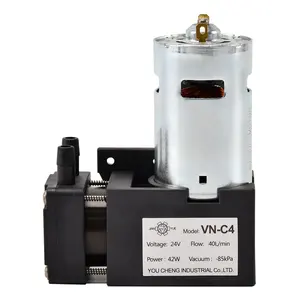

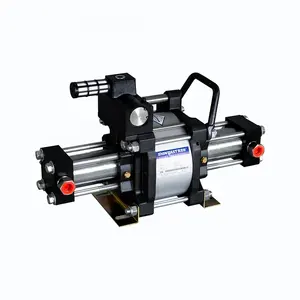







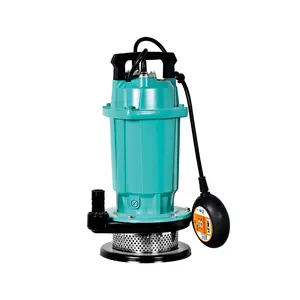


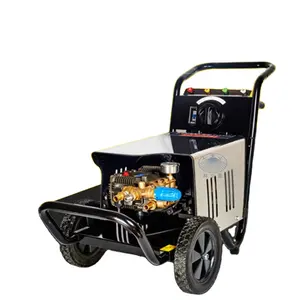
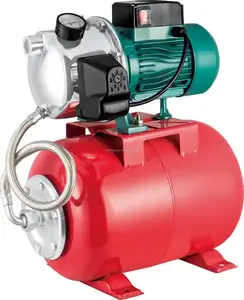

























 浙公网安备 33010002000092号
浙公网安备 33010002000092号 浙B2-20120091-4
浙B2-20120091-4